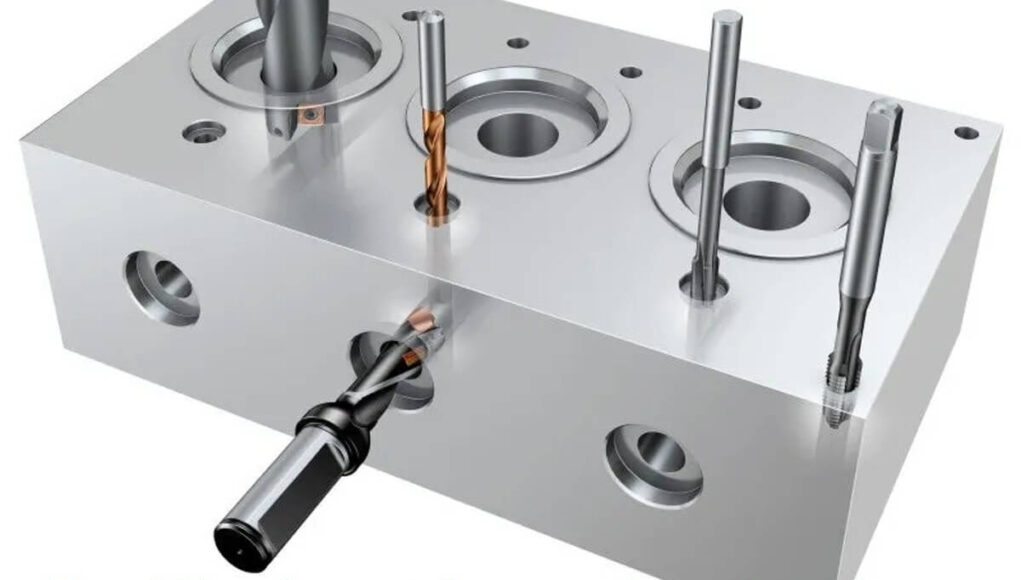Drill depth calculation in machining is the process of determining the exact depth you need to drill a hole to achieve a specific final diameter at the bottom.
What is Drill Depth Calculation?
Drill depth calculation involves determining the appropriate depth to which a drill bit should penetrate a material to create a hole of desired dimensions. When there is a hole dimension on a drawing, there will be a depth will be mentioned on it, to achieve the required depth with a full diameter on machining, we need to go a little extra depth.
“Accurate drill depth calculation prevents material waste, minimizes tool wear, and enhances manufacturing efficiency.”
Open Hole: If an open hole that continues through the material, often into an open space or void. In this context, drill depth calculation for an open hole involves determining how deep the drill bit needs to penetrate the material without encountering any obstruction or closed surface.

Blind Hole: If an blind hole that does not penetrate through the entire material; it has a bottom or endpoint within the material. In the case of a blind hole, the depth calculation involves determining how deep the hole needs to be drilled from the starting surface to reach the desired endpoint
For Example
the depth with full diameters is 20 mm, if we drill it exactly for 20 mm deep, due to the tip angle on the drill tool, we cannot get the full diameter on the bottom of the hole.
We are going to see about opening a hole in the part
Without knowing the specific tip angle of the drill tool or the extent of the reduction in diameter, it’s challenging to provide an exact calculation. However, typically, the reduction in diameter can be estimated based on the drill bit’s tip angle and the depth of the hole
If you have the specific tip angle of the drill tool and want to calculate the reduction in diameter and adjust the drilling depth, please provide the tip angle

If the drill angle changes, the value also changes accordingly as like the following table
Conclusion
Considering factors like drill bit geometry and material properties is essential for achieving desired depths. Adjustments may be needed to compensate for reductions in diameter caused by drill tip angles. By carefully calculating and adjusting drilling depths, precise and reliable results can be achieved in various applications.
About Millwright,
Millwright is one of the pioneers of NX CAD CAM training in Chennai. Millwright has been in this industry for a span of more than 12 years. Moreover, Millwright has trained more than 2000 students in the field of CNC/CAD/CAM software. In addition to this, Millwright has its chain of Mastercam training institutes in Chennai, Coimbatore, and Hosur.
















